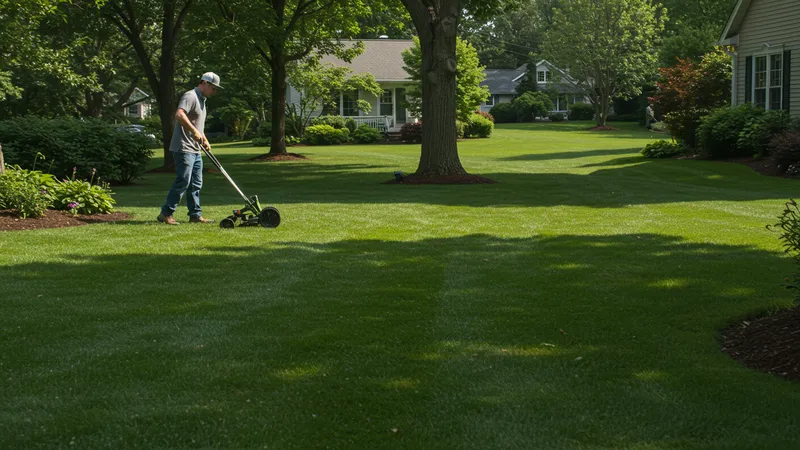
How Lawn Care Companies Structure Maintenance Plans
Service Components of Lawn Care Maintenance Plans
The heart of every lawn care maintenance plan lies in its service breakdown. Top U.S. companies like TruGreen, Scotts, and Weed Man elaborate their packages into bundles that often go well beyond basic mowing. Typical service components include fertilization, weed control, aeration, overseeding, pest management, and seasonal cleanups. These bundled offerings reduce client confusion and allow for more precision when attending to unique lawn challenges—whether it’s combating crabgrass in New Jersey or nurturing drought-resistant turf in Arizona.

A deeper dive shows that these plans typically structure fertilization visits to coincide with optimal seasonal growth cycles. For example, many Northern U.S. lawns receive their primary feedings in the spring and fall, while Southern lawns—especially those with warm-season grasses—often get adjusted scheduling across longer growing seasons. The customization of these plans reflects regional knowledge and research by major lawn care providers, underscoring the value of a well-structured contract over a one-size-fits-all solution.
Advanced service tiers offer targeted treatments, such as grub prevention, fungus treatments, and even soil amendments. These add-ons, commonly found in high-level plans, specifically address problems that can devastate lawn health if left unchecked. With Weed Man and TruGreen, such upgrades typically appear as line items, allowing for a-la-carte customization and transparent billing. Related digital tools from larger brands track service histories, giving customers a clear record and further accountability.
Communication is another notable service element. Most leading companies now provide clients with access to online dashboards, progress reports, and digital scheduling tools. This expanded digital interface allows users to track every planned visit, request changes, or escalate issues—all while maintaining a direct line to customer support professionals. This fusion of technology and horticultural expertise represents a shift in how home services are delivered across the U.S. landscape sector.